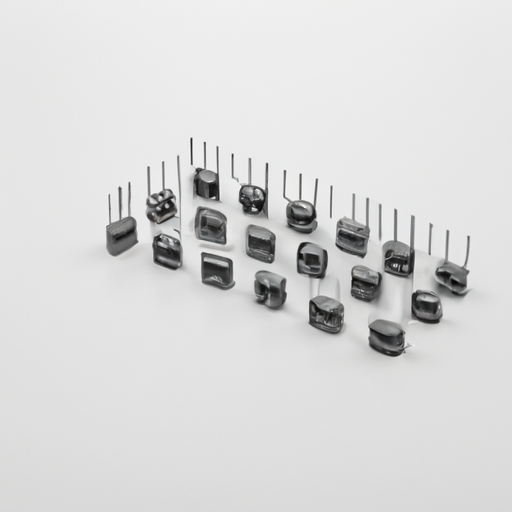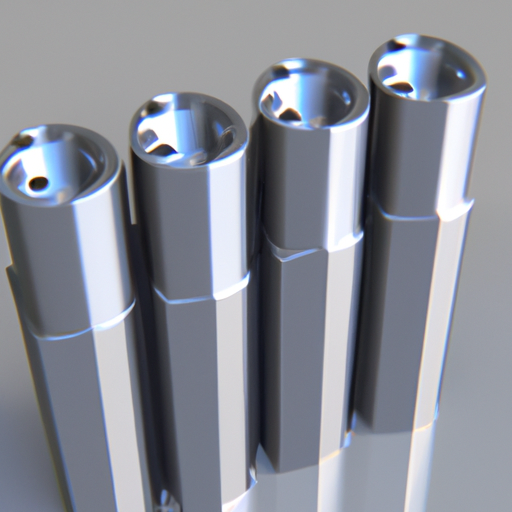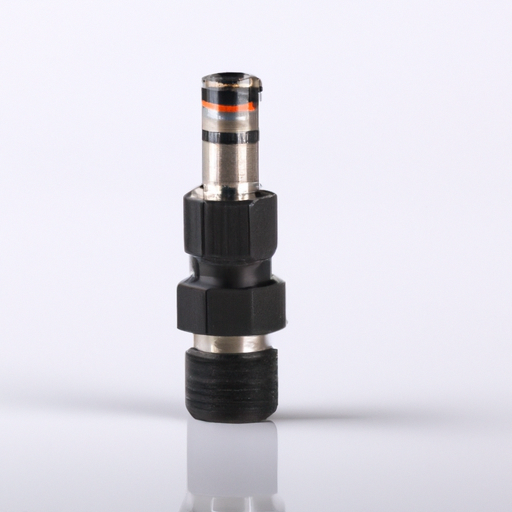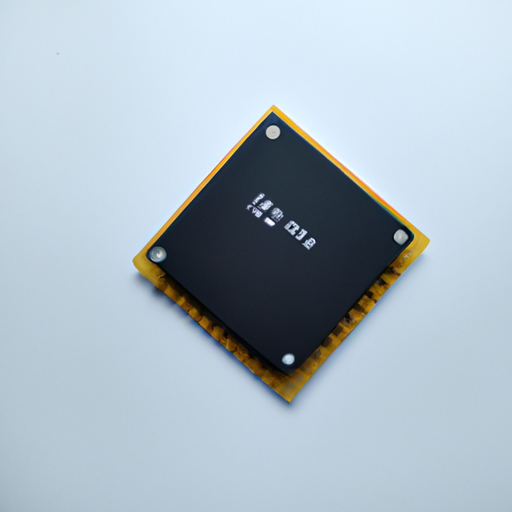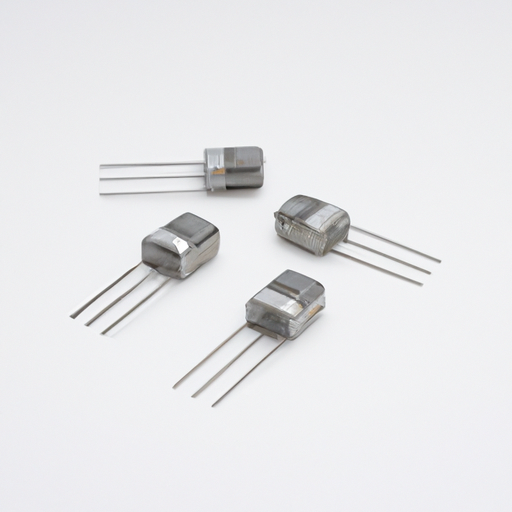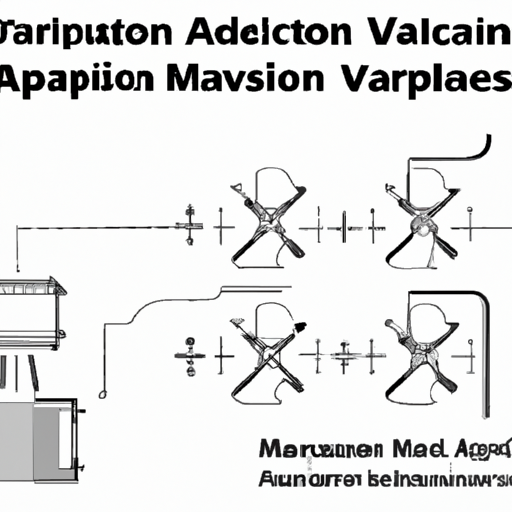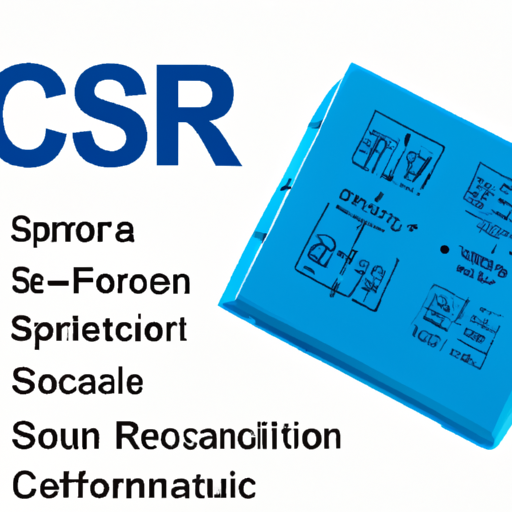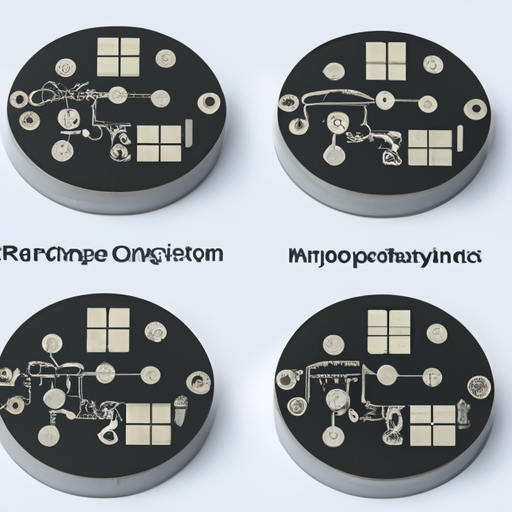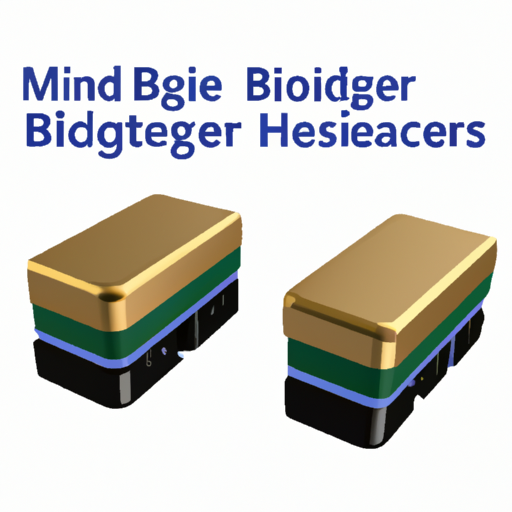
Overview of MM74HC241N and Bridge RectifiersMM74HC241N is a high-speed CMOS octal buffer/driver with 3-state outputs, primarily used in digital circuits for signal buffering and driving capabilities. While it is not a bridge rectifier, it can complement bridge rectifiers in applications where signal integrity and control are essential.
Bridge Rectifiers are critical components in power electronics, converting alternating current (AC) to direct current (DC). They consist of four diodes arranged in a bridge configuration, allowing current to flow in one direction regardless of the input polarity. This functionality is vital in power supply circuits, battery chargers, and various electronic devices. Core Functional Technology of Bridge Rectifiers1. Diode Configuration: The bridge rectifier's four diodes are arranged in a bridge configuration, enabling the use of both halves of the AC waveform, effectively doubling the output voltage.
2. Full-Wave Rectification: By utilizing both halves of the AC cycle, bridge rectifiers provide full-wave rectification, resulting in a smoother DC output compared to half-wave rectifiers.
3. Voltage Drop: The output voltage of a bridge rectifier is typically lower than the input AC voltage due to the forward voltage drop across the diodes. This drop is a critical consideration in design, as it affects the overall efficiency.
4. Filtering: After rectification, the output often requires filtering (using capacitors) to smooth the DC output, reducing ripple voltage and improving performance in power supply applications.
5. Heat Management: Diodes in a bridge rectifier can generate heat during operation, especially under high load conditions. Proper heat sinking and thermal management are essential for reliability and longevity.
Application Development Cases1. Power Supply Units (PSUs)2. Battery Chargers3. Solar Inverters4. Motor Control Circuits5. LED Drivers ConclusionBridge rectifiers are essential in various electronic applications, efficiently converting AC to DC. Their design and implementation are crucial for ensuring reliable performance in power supplies, battery chargers, solar inverters, motor control circuits, and LED drivers. Understanding the core functional technology and application development cases of bridge rectifiers enables engineers to create more effective and efficient electronic systems.
For specific designs and implementations, engineers often refer to datasheets, application notes, and case studies from manufacturers to optimize their designs for performance, efficiency, and reliability. This knowledge is vital for developing innovative solutions in the ever-evolving field of electronics.
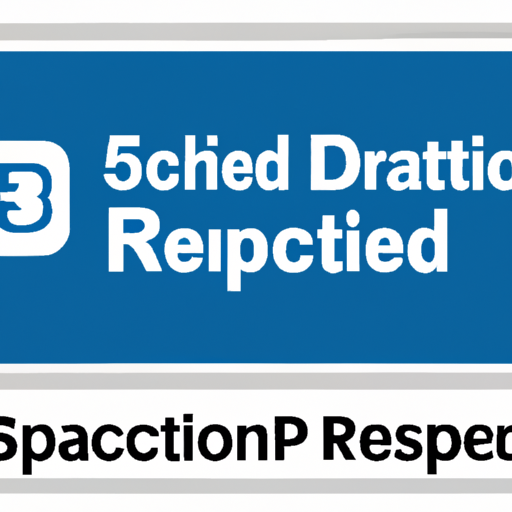
Application Development in SCRs - Modules for CFR-50JB-52-110R: Key Technologies and Success StoriesThe development of Silicon Controlled Rectifiers (SCRs), particularly in modules like CFR-50JB-52-110R, is a dynamic field that integrates various technologies to optimize performance, reliability, and efficiency. Below is a detailed overview of the key technologies involved and notable success stories that illustrate the impact of SCRs across different sectors.
Key Technologies1. Power Electronics2. Thermal Management3. Gate Control Circuits4. Digital Signal Processing (DSP)5. Simulation and Modeling6. Integrated Circuit Design7. Smart Grid Technologies8. Internet of Things (IoT)1. Renewable Energy Systems2. Industrial Automation3. Electric Vehicles (EVs)4. HVAC Systems5. Railway Systems6. Consumer Electronics Success Stories ConclusionThe development of SCR modules like CFR-50JB-52-110R is propelled by advancements in power electronics, thermal management, and digital control technologies. The success stories across diverse industries underscore the versatility and effectiveness of SCRs in enhancing performance, efficiency, and reliability. As technology continues to evolve, SCRs will play an increasingly pivotal role in modern electrical systems, driving innovation and sustainability in various applications.

ECS-F1VE685K IGBT Modules: Core Functional Technologies and Application Development CasesIGBT (Insulated Gate Bipolar Transistor) modules, such as the ECS-F1VE685K, are pivotal in modern power electronics, particularly in applications that demand efficient power conversion and control. Below, we delve into the core functional technologies of IGBT modules and highlight several application development cases that showcase their effectiveness.
Core Functional Technologies of IGBT Modules1. High Efficiency and Low Switching Losses2. Thermal Management3. Integrated Protection Features4. Modular Design5. High Voltage and Current Ratings1. Renewable Energy Systems2. Electric Vehicles (EVs)3. Industrial Motor Drives4. HVAC Systems5. Power Supply Systems Application Development Cases ConclusionThe ECS-F1VE685K IGBT module exemplifies the advancements in IGBT technology, offering high efficiency, robust thermal management, and integrated protection features. Its versatility makes it suitable for a wide range of applications, from renewable energy systems to electric vehicles and industrial motor drives. As power electronics continue to evolve, IGBT modules like the ECS-F1VE685K will remain at the forefront of enabling efficient and reliable power conversion solutions, driving innovation across various industries.

Application Development in Power Driver Modules for LT1178ACN8: Key Technologies and Success StoriesThe LT1178ACN8 is a precision, low-drift operational amplifier from Analog Devices, widely utilized in applications such as signal conditioning, data acquisition, and instrumentation. When developing applications using Power Driver Modules (PDMs) with the LT1178ACN8, several key technologies and methodologies can enhance performance and reliability. Below are some key technologies and success stories related to application development in this context.
Key Technologies1. Precision Amplification2. Low Noise Design3. Power Management4. Signal Conditioning5. Temperature Compensation6. Integration with Microcontrollers1. Medical Devices2. Industrial Automation3. Consumer Electronics4. Automotive Applications5. Telecommunications Success Stories ConclusionThe LT1178ACN8 operational amplifier, when integrated with Power Driver Modules, can significantly enhance the performance of various applications across multiple industries. By leveraging its precision, low noise, and stability, developers can create innovative solutions that meet the demands of modern technology. Success stories in medical devices, industrial automation, consumer electronics, automotive applications, and telecommunications underscore the versatility and effectiveness of this component in real-world applications. As technology continues to evolve, the LT1178ACN8 remains a vital component in the development of high-performance systems.
Core Functional Technologies of Zener Diode Arrays1. Voltage Regulation2. Overvoltage Protection3. Clamping Circuits4. Temperature Stability5. Compact Design1. Power Supply Circuits2. Telecommunications3. Consumer Electronics4. Automotive Applications5. LED Drivers6. Medical Devices Application Development Cases ConclusionZener diode arrays, such as the CFR-25JB-52-10R, are essential components in modern electronics, providing critical functions such as voltage regulation, overvoltage protection, and compact design solutions. Their versatility allows them to be utilized across various industries, including telecommunications, consumer electronics, automotive, and medical devices. As technology advances, the role of Zener diode arrays will continue to expand, driving innovations in electronic design and application development. Their effectiveness in enhancing circuit reliability and performance makes them indispensable in the ever-evolving landscape of electronic applications.

Application Development in Single, Pre-Biased Bipolar Transistors for MM74HC244N: Key Technologies and Success StoriesThe MM74HC244N is a high-speed CMOS octal buffer/driver with 3-state outputs, widely utilized in digital circuits for signal buffering and driving applications. The integration of single, pre-biased bipolar transistors (BJTs) with the MM74HC244N can enhance performance in various applications. Below, we explore the key technologies involved and highlight some success stories that demonstrate the effectiveness of this integration.
Key Technologies1. Bipolar Junction Transistors (BJTs)2. CMOS Technology3. Signal Conditioning4. Level Shifting5. Noise Reduction Techniques1. High-Speed Data Communication2. Consumer Electronics3. Industrial Automation4. Embedded Systems5. Robotics Success Stories ConclusionThe integration of single, pre-biased bipolar transistors with the MM74HC244N can significantly enhance performance across various applications, from consumer electronics to industrial automation. By leveraging the strengths of both BJTs and CMOS technology, designers can create efficient, high-speed, and reliable digital circuits. As technology continues to advance, the combination of these components will likely play a crucial role in the development of next-generation electronic systems, paving the way for innovative solutions in diverse fields.

CFR-50JB-52-1K8 Bipolar Transistor Arrays: Core Functional Technologies and Application Development CasesBipolar transistor arrays, such as the CFR-50JB-52-1K8, are essential components in modern electronics, providing a compact and efficient solution for various applications. Below, we delve into the core functional technologies and application development cases that highlight the effectiveness of bipolar transistor arrays.
Core Functional Technologies1. Integration of Multiple Transistors2. High-Speed Switching3. Current Amplification4. Thermal Stability5. Low Noise Operation1. Audio Amplification2. Signal Processing3. Motor Control4. LED Drivers5. Sensor Interfaces6. Switching Regulators Application Development Cases ConclusionThe CFR-50JB-52-1K8 bipolar transistor array exemplifies the versatility and effectiveness of bipolar transistor technology in modern electronics. Its integration of multiple transistors into a single package allows for compact designs and improved circuit performance across a wide range of applications, including audio amplification, signal processing, motor control, LED driving, sensor interfacing, and power regulation. As technology advances, the role of bipolar transistor arrays will continue to expand, driving innovation in electronic design and application development.
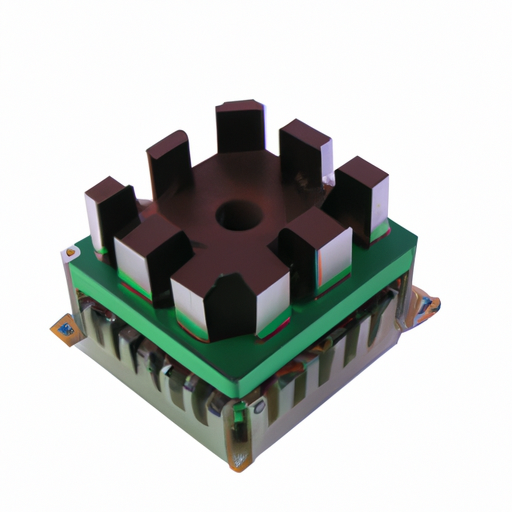
Application Development in Single Bipolar Transistors for MM74HC259N: Key Technologies and Success StoriesThe MM74HC259N is a versatile high-speed CMOS logic device that serves as an 8-bit addressable latch, making it a popular choice in various digital applications such as data storage, signal processing, and control systems. When integrating single bipolar junction transistors (BJTs) with the MM74HC259N, several key technologies and success stories emerge, showcasing the potential of this combination in real-world applications.
Key Technologies1. Bipolar Junction Transistors (BJTs)2. Logic Level Shifting3. Signal Conditioning4. Integrated Circuit Design5. Feedback and Control Systems1. Consumer Electronics2. Industrial Automation3. Robotics4. LED Display Systems5. Telecommunications Success Stories ConclusionThe integration of single bipolar transistors with the MM74HC259N presents a wealth of opportunities for application development across diverse industries. By harnessing the strengths of both BJTs and CMOS devices, engineers can design efficient, reliable, and innovative solutions that meet the demands of modern electronic systems. As technology continues to advance, the synergy between BJTs and CMOS devices like the MM74HC259N will remain pivotal in shaping future electronic designs, driving innovation in consumer electronics, industrial automation, robotics, and beyond.
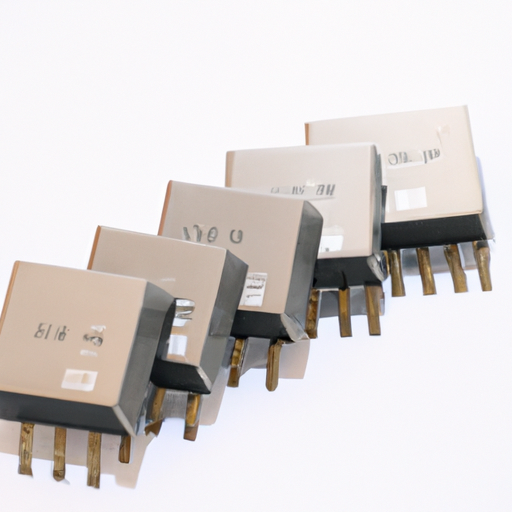
Overview of CFR-50JB-52-10R IGBT ArraysThe CFR-50JB-52-10R IGBT array is a specialized component designed for high-performance power electronics applications. As an Insulated Gate Bipolar Transistor (IGBT), it combines the advantages of both MOSFETs and bipolar transistors, making it ideal for applications that require efficient power conversion and control. Below, we delve deeper into the core functional technologies and application development cases that highlight the effectiveness of IGBT arrays like the CFR-50JB-52-10R.
Core Functional Technologies of IGBT Arrays1. High Efficiency and Low Switching Losses2. Thermal Management3. Integrated Protection Features4. Modular Design5. Advanced Gate Drive Technology1. Renewable Energy Inverters2. Electric Vehicles (EVs)3. Industrial Motor Drives4. Power Supply Systems5. HVAC Systems Application Development Cases ConclusionThe CFR-50JB-52-10R IGBT array exemplifies the advancements in power electronics technology, offering high efficiency, integrated protection, and a modular design that caters to a wide range of applications. Its versatility makes it suitable for industries such as renewable energy, electric vehicles, industrial automation, and HVAC systems. By leveraging the core functional technologies of IGBT arrays, engineers can develop innovative solutions that enhance performance, reliability, and energy efficiency, ultimately driving progress in power electronics and contributing to a more sustainable future.

Application Development in JFETs for 2474-26L: Key Technologies and Success StoriesThe 2474-26L is a specific type of Junction Field-Effect Transistor (JFET) that is recognized for its unique characteristics, making it suitable for various applications. While detailed specifications for the 2474-26L may not be widely available, we can explore the general application development of JFETs, key technologies, and notable success stories that highlight their impact across different industries.
Key Technologies in JFET Application Development1. Low Noise Amplifiers (LNAs)2. Analog Signal Processing3. Switching Applications4. Voltage-Controlled Resistors (VCRs)5. High-Speed Digital Circuits1. Telecommunications2. Medical Devices3. Consumer Electronics4. Industrial Automation5. Research and Development Success Stories ConclusionThe application development of JFETs, including models like the 2474-26L, spans a diverse range of industries and technologies. Their unique properties—such as low noise, high input impedance, and fast switching capabilities—make them suitable for various applications, from telecommunications to medical devices. The success stories in these fields underscore the versatility and significance of JFETs in modern electronic systems. As technology continues to advance, JFETs are expected to remain a vital component in many innovative applications, driving progress in electronics and beyond.

Application Development in Diode Arrays for CFR-25JB-52-100K: Key Technologies and Success StoriesWhile CFR-25JB-52-100K appears to refer to a specific resistor component, the discussion of diode arrays remains relevant in the context of electronic applications. Diode arrays are integral to various technologies, particularly in signal processing, telecommunications, and sensor technologies. Below, we explore key technologies associated with diode arrays and highlight notable success stories that illustrate their impact across different sectors.
Key Technologies in Diode Arrays1. High-Speed Switching 2. Integrated Circuit Design 3. Thermal Management 4. Packaging Innovations 5. Simulation and Modeling 6. Multi-Functionality 1. Telecommunications 2. Consumer Electronics 3. Automotive Applications 4. Medical Devices 5. Industrial Automation Success Stories ConclusionDiode arrays are integral components in a wide range of applications across various industries. Their development has been propelled by advancements in semiconductor technology, packaging innovations, and thermal management techniques. Success stories in telecommunications, consumer electronics, automotive, medical devices, and industrial automation underscore the versatility and significance of diode arrays in modern technology. As industries continue to evolve and demand more sophisticated solutions, diode arrays will remain a vital element in the development of innovative electronic systems.
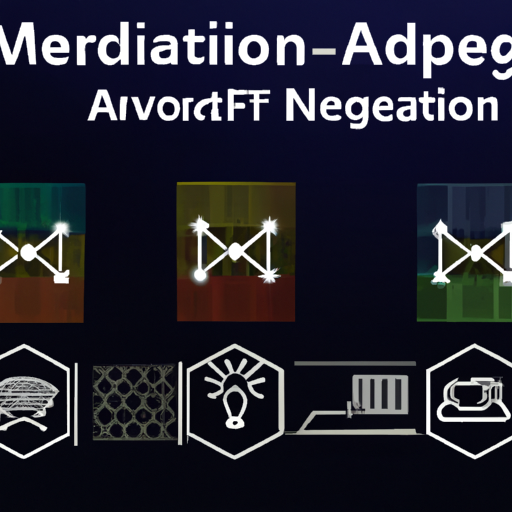
Application Development in RF Diodes for MM74HC245AN: Key Technologies and Success StoriesThe MM74HC245AN is a high-speed CMOS octal bus transceiver that plays a vital role in digital circuits, particularly in data transmission between different system components. While it is not an RF diode, its integration with RF technologies can enhance various applications. Below, we explore key technologies and success stories that highlight the intersection of RF components and digital logic devices like the MM74HC245AN.
Key Technologies1. RF Transceivers2. Digital Signal Processing (DSP)3. Wireless Communication Protocols4. Antenna Design5. Power Amplifiers6. Frequency Synthesizers1. Smart Home Devices2. IoT Applications3. Automotive Applications4. Telecommunications5. Consumer Electronics Success Stories ConclusionWhile the MM74HC245AN is not an RF diode, its role in digital communication systems is significant, especially when integrated with RF technologies. The synergy between high-speed data handling and RF communication has led to numerous successful applications across various industries, including smart home technology, IoT, automotive systems, telecommunications, and consumer electronics. As technology continues to advance, the integration of digital logic devices with RF components will likely yield even more innovative solutions, driving the evolution of wireless communication and data processing.
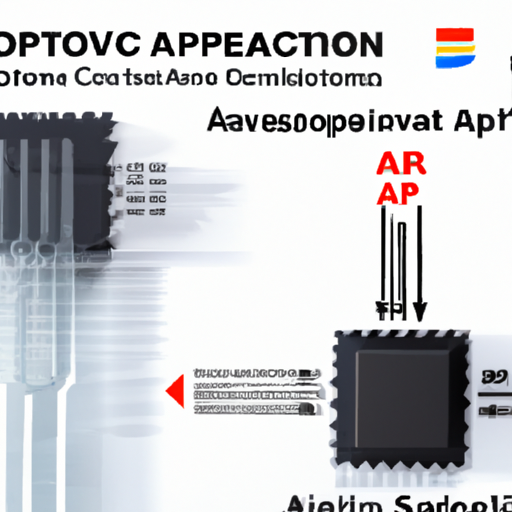
Application Development in Single FETs and MOSFETs: Key Technologies and Success StoriesThe CFR-25JB-52-1K8 resistor, a 1.8 kΩ, 1/4 watt, thick film resistor, is often used in conjunction with various electronic components, including Single FETs and MOSFETs. These transistors are pivotal in numerous applications across different industries. Below, we explore key technologies and notable success stories that highlight the impact of Single FETs and MOSFETs in application development.
Key Technologies1. Power Management Circuits2. Signal Amplification3. Analog Switches4. Digital Logic Circuits5. Sensor Applications6. RFID Technology7. Motor Control ConclusionThe integration of Single FETs and MOSFETs into various applications has driven significant technological advancements across multiple sectors. Their roles in power management, signal amplification, and digital logic circuits have led to innovative solutions that enhance performance and efficiency. While the CFR-25JB-52-1K8 resistor may not directly relate to FETs or MOSFETs, it is an essential component in circuit design, illustrating the interconnected nature of electronic components in modern applications. The synergy between these technologies continues to foster innovation, paving the way for future developments in electronics.
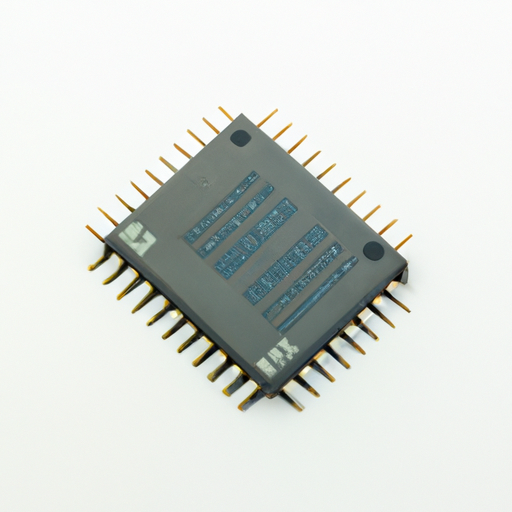
Overview of DIACs and SIDACsDIACs (Diodes for Alternating Current) and SIDACs (Silicon Diodes for Alternating Current) are crucial semiconductor devices in power electronics, known for their ability to control and protect electrical circuits. Their unique characteristics make them suitable for various applications, particularly in light dimming, motor control, and surge protection.
Core Functional Technology DIACs1. Structure and Operation2. Key Characteristics3. Applications1. Structure and Operation2. Key Characteristics3. Applications1. Light Dimming Circuits2. Motor Speed Control3. Surge Protection4. Over-voltage Protection Circuits SIDACs Application Development Cases ConclusionDIACs and SIDACs are vital components in modern electronic applications, particularly in power control and protection circuits. Their ability to handle high voltages and currents, coupled with fast switching capabilities, makes them effective solutions across various applications. As technology advances, the potential for new applications for DIACs and SIDACs will likely expand, further solidifying their importance in the electronics field. Their continued development will enhance energy efficiency, reliability, and safety in electronic systems.






